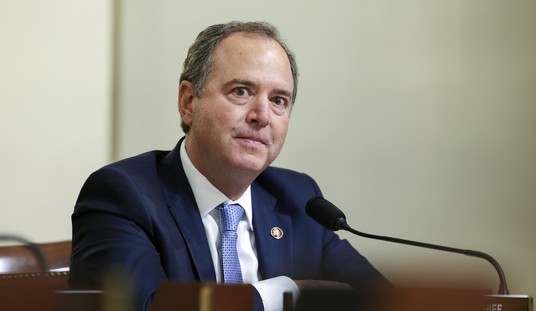Aren’t you loving these low gasoline prices? I’m sure you notice gas prices go up like a rocket and come down like a feather. We addressed this on Powering America Radio last week with Gregg Laskowski, Senior Petroleum Analyst at gasbuddy.com. Gregg watches oil and gasoline price trends all day, and writes a blog on gasbuddy as well.
There’s no doubt, the retailer is catching a little extra margin when prices are volatile. Slow to change the sign when prices are falling, yet almost instantaneous to crank them in the opposite direction.
Another factor is the timing of when stations purchase and take delivery of supply. The way the market works is that gas stations are always pricing today’s gas that you buy at the pump based on what they expect the next truckload will cost them. When trends are down, as they are now, stations will lower prices in anticipation of next week’s truck being cheaper than what they have in the ground. When this downtrend eventually bottoms and things start to go back up, expect prices to move quickly in the opposite direction. Bummer, huh?
Recommended
Gregg pointed out something else that can save you money. I use it all the time, and wanted to pass it along. It’s the gasbuddy app for your phone. You can download it from your app store of choice, or from their website here. The app will obviously find your location and show you the cheapest gas around you.
If you want to see what gas prices are in your general geographic area, you can do a web search that says “Los Angeles gas prices” and generally the gasbuddy report page will be the top search result. We use this on Powering America a lot when we do our “Gas Price Update” feature.
You might be surprised to realize the vast difference in gas prices just in your town. We often observe a delta of $.70 to as much as $1.00 between the cheapest versus the most expensive gas in many cities, especially when prices were higher. That could amount to $15.00 to $20.00 at the pump, so by being aware of the average of what you should be paying, if you end up at an expensive station, you’ll know to drive a little further and save big time.
Bottom line, enjoy these cheap prices while we have them & be a smart shopper!
Powering America Radio is heard daily on the Wall Street Business Network at 4:00 Eastern and is co-sponsored by Crude Energy, LLC and Breitling Energy Corporation.


